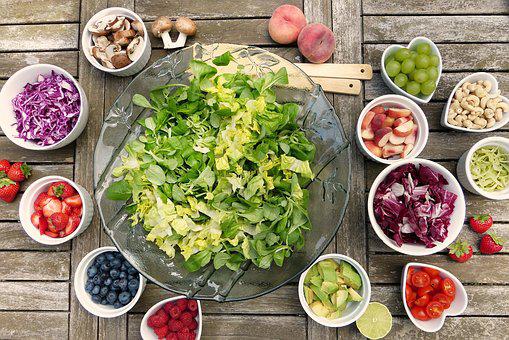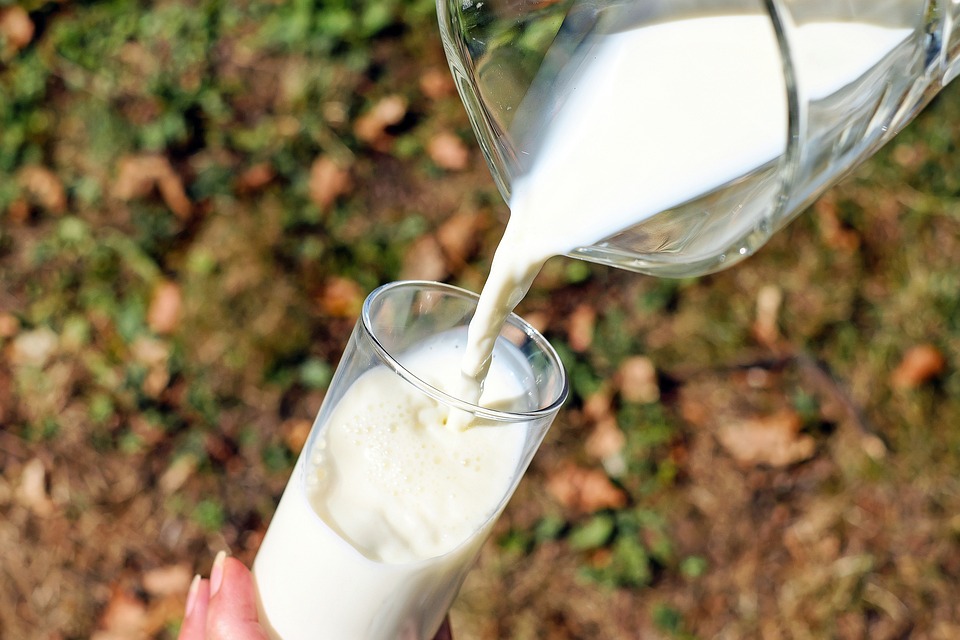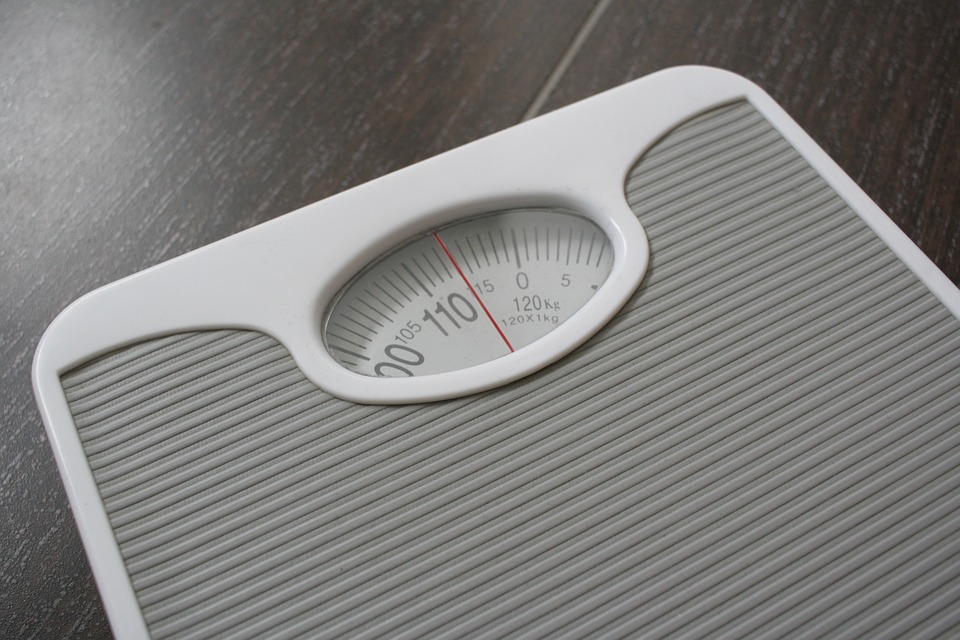
Eating a balanced diet consisting of the appropriate foods, in the correct amounts, helps to ensure the body has just the right amount of essential nutrients it needs to remain healthy, develop appropriately, carry out work effectively, and experience optimal wellbeing. The saying “you are what you eat” is referring to how the food one consumes affects their body in both the short and long term. Much of the nourishment that we take in from food ends up forming part of us. The components of milk such as protein and calcium contribute to the growth of bone. The foods we consume have an effect on our emotional and physical wellbeing both in the present and in the foreseeable future. Here, we will talk about the main elements of a good diet that will stop chronic illnesses (for example, cardiovascular disease and diabetes), keep a healthy weight, and increase overall wellbeing.
The energy from the carbohydrates, lipids, and proteins that you consume is employed to operate activities at the molecular, cellular, and organ system levels. Importantly, the energy is stored primarily as fats. The amount of fat stored as extra energy depends on how much food is eaten and its nutritional value, as well as how it is processed and absorbed. What you consume and the quantity of it you intake can significantly affect your wellbeing. Consuming too much or too little food can result in severe medical issues, such as cardiovascular illness, cancer, anorexia, and diabetes, among others. Consuming an unhealthy diet combined with exposure to unwholesome environmental elements like cigarette smoke can drastically aggravate the chances of having medical problems.
Food and Metabolism
The daily energy requirement or intake is measured in terms of calories. The energy required to raise the temperature of 1 kilogram (1000 grams) of water by 1 Celsius degree is known as a Calorie (C). This is distinct from the calorie (c) used in the physical sciences, which is the amount of heat it requires to raise the temperature of 1 g of water by 1°C. The term “calorie” is another way of saying the nutritional Calorie.
The number of calories necessary to keep the daily tasks going is usually somewhere between 1500 and 2000. One’s calorie requirements depend on their mass, age, height, gender, activity level, and daily exercise. If you make it a habit to exercise every day, you will need to consume more calories. Generally, people underestimate how many calories they consume and think they burn more calories through physical activity than they really do. This can result in consuming too many calories in a single day. Consuming an additional 3500 calories leads to the gain of one pound of weight. If someone eats more than 200 additional calories every day, their body weight will increase by one pound every 18 days. At that speed, it would take a year to add an additional 20 pounds. It is possible to counteract the rise in calories with additional physical activity. Running or jogging one mile burns almost 100 calories.
What you eat has an influence on your body’s metabolic rate. It takes less energy to break down carbohydrates than proteins. Carbs require the least energy to be broken down, whereas proteins need the most energy for the same process. Generally, a person’s weight is determined by their calorie intake in relation to their calorie expenditure. If you want to shed pounds, the amount of calories you burn in a day should be more than the ones you consume. It is important to remember that most consumables contain calories, so it should not be forgotten to consider the calories in drinks when considering your overall calorie intake.
The USDA has reformulated their alimentary instructions from MyPyramid to MyPlate in order to supply specific instructions about the kinds and amounts of food that should be consumed daily. They have incorporated the elements of a nutritious meal into a table setting of food. MyPlate divides food into the typical six food classes: fruits, veggies, starches, protein sources, dairy products, and oils. The website with this text offers precise advice about the amount and kind of food you should have each day, as well as specifying which foods go into each group. The accompanying illustration demonstrates the suggested proportions of a nutritious and balanced meal. It is suggested that half of your plate should consist of fruits and vegetables, while the other half should include a balanced mix of grains and proteins with a slightly larger portion of grains. Dairy items can be consumed through beverages, but the same amount can be used for other dairy products too.
ChooseMyPlate.gov is a great source of information for developing a well-balanced diet and a healthy lifestyle. They present advice and guidelines on maintaining your weight and staying active. This also encompasses the SuperTracker, a web-based tool which assists you in assessing your dietary intake and exercise habits.
Achieving a Healthy Diet
Obtaining a diet that is good for you is a matter of making sure the quantity and quality of the food you consume provides you with the right amount of energy and nutrition. There are four key characteristics that make up a healthful diet:
- Adequacy
- Balance
- Moderation
- Variety
Adequacy
A diet is sustained when it supplies enough calories and all the vital nutrients needed, along with dietary fiber. Many Americans state that they are not consuming enough produce, grains, or dairy, which could mean that they are not acquiring the vital vitamins, minerals, and fiber found in these food groups such as Vitamin C, potassium, and calcium.1
Balance
Consuming an assortment of items from the diverse categories of foods is what is known as a balanced diet. As these groups offer an array of nutrients, this type of diet is very likely to provide enough nutrients. Vegetables are a great way to get key nutrients, like potassium, dietary fiber, folate, vitamin A, and vitamin C. Grains, however, offer B vitamins such as thiamin, riboflavin, niacin, and folate as well as minerals like iron, magnesium, and selenium. No one food is more important than the other. Combining all the various food groups (fruit, veggies, grains, dairy, protein and fats/oils) will guarantee that your diet is full and balanced.
Moderation
Consumption in moderation is the key – not eating too much or too little of any food or nutrient. Including small quantities of chips and candy in your diet is acceptable in moderation if you keep an eye on the calorie and nutrient content. Incorporating these food items into your diet can make having nutritious meals more delightful and also easier to maintain. When restricting certain types of food gets to an excessive level, this is usually unsustainable and will eventually result in overindulging in the forbidden items. Having too many dietary restrictions can cause a vicious pattern of deprivation, overindulging, and feeling remorse. To achieve lasting health enhancements, it is beneficial to allow yourself to eat all types of food.
Variety
Incorporating a wide array of food items from each food group into one’s diet on a regular basis is what is known as variety. Consuming a range of foods can make sure that you take in the right amount of all the nutrients you need for good health. A major downside of consuming the same meals repeatedly is that you may take in too much of certain nutrients while not getting enough of others. Exploring different edibles can bring joy too—you’ll never find out if you enjoy a certain food until you sample it.
Vitamins
Vitamins, which are organic substances located in food, are essential for the chemical processes that occur in the body. They engage in a variety of functions, including the regulation of mineral and bone metabolism, the promotion of cell and tissue growth and providing helpers for energy metabolism. The greatest role that any vitamins can have in metabolism is played by the B vitamins.
Most of your vitamins come from the food you eat, but some can originate from the substances taken in during digestion. The body can make vitamin A by using the β-carotene present in food like carrots and sweet potatoes that are orange in color. Vitamins are either fat-soluble or water-soluble. Vitamins A, D, E, and K, which are soluble in fat, are taken up by the intestine with the help of lipids in chylomicrons. Exposure to sunlight produces Vitamin D in the skin. Fat-soluble vitamins, being transported in lipids, can build up in the fatty deposits stored in the body. If too many vitamins are stored in the body’s fat cells, it can lead to hypervitaminosis.
Vitamins which dissolve in water, such as the eight B vitamins and vitamin C, are taken into the body through the gut using water. These vitamins are quickly absorbed by the water-based bodily fluids, so they cannot be held within the body. Excess water-soluble vitamins are excreted in the urine. Consequently, an overabundance of water-soluble vitamins is not common except when an excessive amount of vitamin supplements are taken.
Minerals
Inorganic compounds in food which work together with other nourishment to ensure that the body runs correctly are referred to as minerals. Minerals cannot be produced inside the body; they have to be consumed in the food we eat. The total body mass only consists of a small amount of minerals, which is 4 percent, and those minerals are exactly what the body needs in moderate amounts. The minerals are potassium, sodium, calcium, phosphorus, magnesium, and chloride.
The most widespread minerals in the body are calcium and phosphorous, which are housed within the bones and are essential for the strengthening of the skeleton. A majority of minerals exist as ions and their ionized states are required for body functions to take place. Sodium, chloride, and iron ions all play vital roles in the blood and external body tissues. They act as electrolytes and are necessary for the formation of hemoglobin. Trace minerals, although still necessary for the body to work properly, are only needed in miniscule amounts.
It is possible to ingest too much of minerals, just as with vitamins, though it is an uncommon occurrence. Having a nutritious diet covers a large portion of the minerals needed for your body to function, so taking supplements or consuming processed food can lead to an increased consumption of toxic levels of minerals.
MyPlate (USDA Food Guide)
For many years, the U.S. government has been encouraging citizens to have a nutritive and healthy diet. The food pyramid was brought in during 1992 to represent proper eating habits for all Americans.
In 2005, the food pyramid was replaced with MyPyramid. Many expressed that it was hard to grasp the concepts of the newly constructed pyramid, so it was exchanged for MyPlate in 2011.
MyPlate is a dietary tool that assists individuals in the United States in striving to reach the objectives set forth in the Dietary Guidelines for Americans. For most people this means eating MORE:
- whole grains
- fruits
- vegetables (especially dark green vegetables and red and orange vegetables)
- legumes
- seafood (to replace some meals of meat and poultry)
- low-fat dairy
And LESS:
- refined grains
- added sugars
- solid fats: saturated fats, trans fats, and cholesterol
- sodium
Five different classes of food can be distinguished based on their nutrient content. A summary of the various food categories, with samples of each type of food and its associated nutrients, is presented in the table below.
Planning a healthy diet using the MyPlate approach is not difficult:
- Fill half of your plate with a variety of fruits and vegetables, including red, orange, and dark green vegetables and fruits, such as kale, collard greens, tomatoes, sweet potatoes, broccoli, apples, oranges, grapes, bananas, blueberries, and strawberries in main and side dishes. Vary your choices to get the benefit of as many different vegetables and fruits as you can. One hundred percent fruit juice is also an acceptable choice as long as only half your fruit intake is replaced with juice.
- Fill a quarter of your plate with grains. Half of your daily grain intake should be whole grains such as 100 percent whole-grain cereals, breads, crackers, rice, and pasta. Read the ingredients list on food labels carefully to determine if a food is comprised of whole grains. We will discuss how to identify whole grains in more detail in later units.
- Select a variety of protein foods to improve nutrient intake and promote health benefits. Each week, be sure to include a nice array of protein sources in your diet, such as nuts, seeds, beans, legumes, poultry, soy, and seafood. The recommended consumption amount for seafood for adults is two 4-ounce servings per week. When choosing meat, select lean cuts.
- If you enjoy drinking milk or eating dairy products, such as cheese and yogurt, choose low-fat or nonfat products. Low-fat and nonfat products contain the same amount of calcium and other essential nutrients as whole-milk products, but with much less fat and calories. Calcium, an important mineral for your body, is also found in lactose-free dairy products and fortified plant-based beverages, like soy milk. You can also get calcium from vegetables and other fortified foods and beverages.
- Oils are also important in your diet as they contain valuable essential fatty acids. Oils like canola oil also contain more healthful unsaturated fats compared to solid fats like butter. You can also get oils from whole foods like fish, avocados, and unsalted nuts and seeds. Although oils are essential for health, they do contain about 120 calories per tablespoon, so moderation is important.














